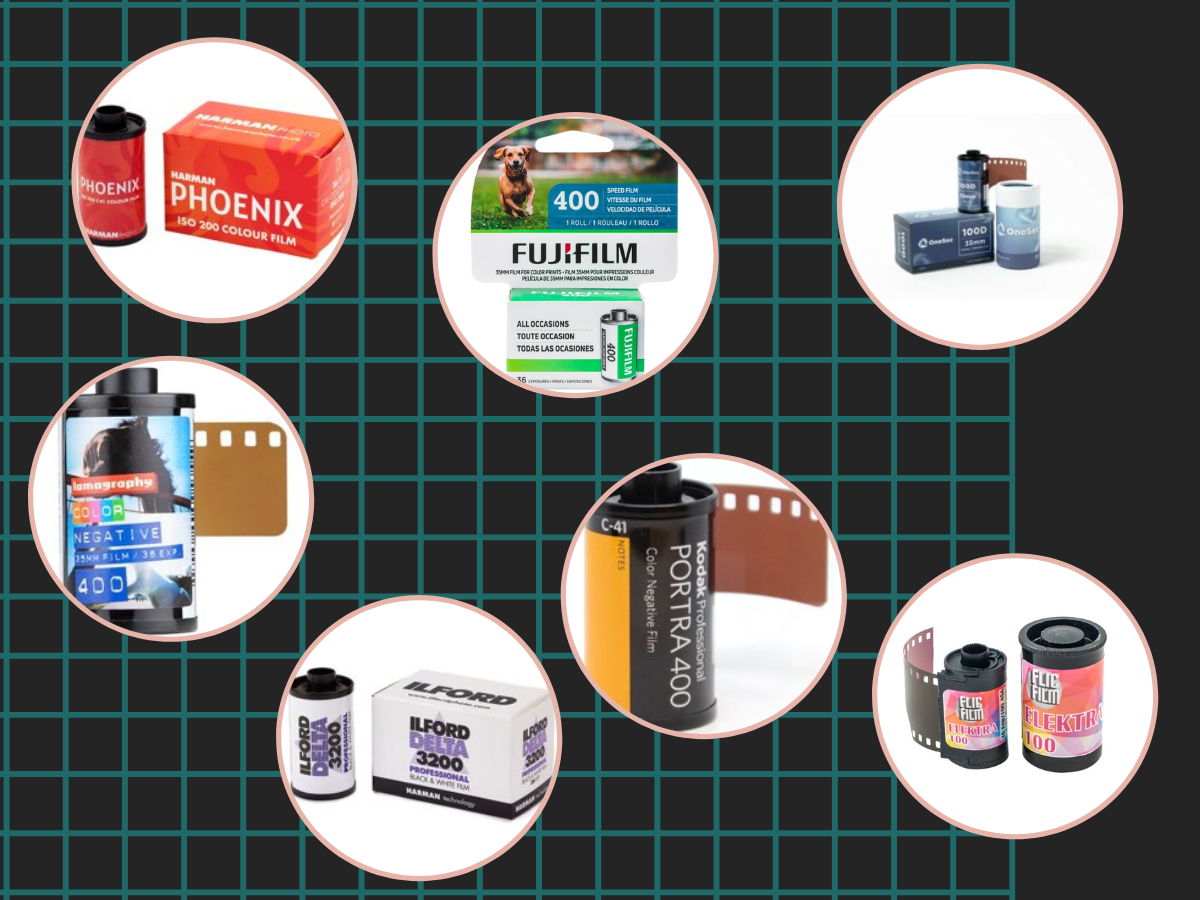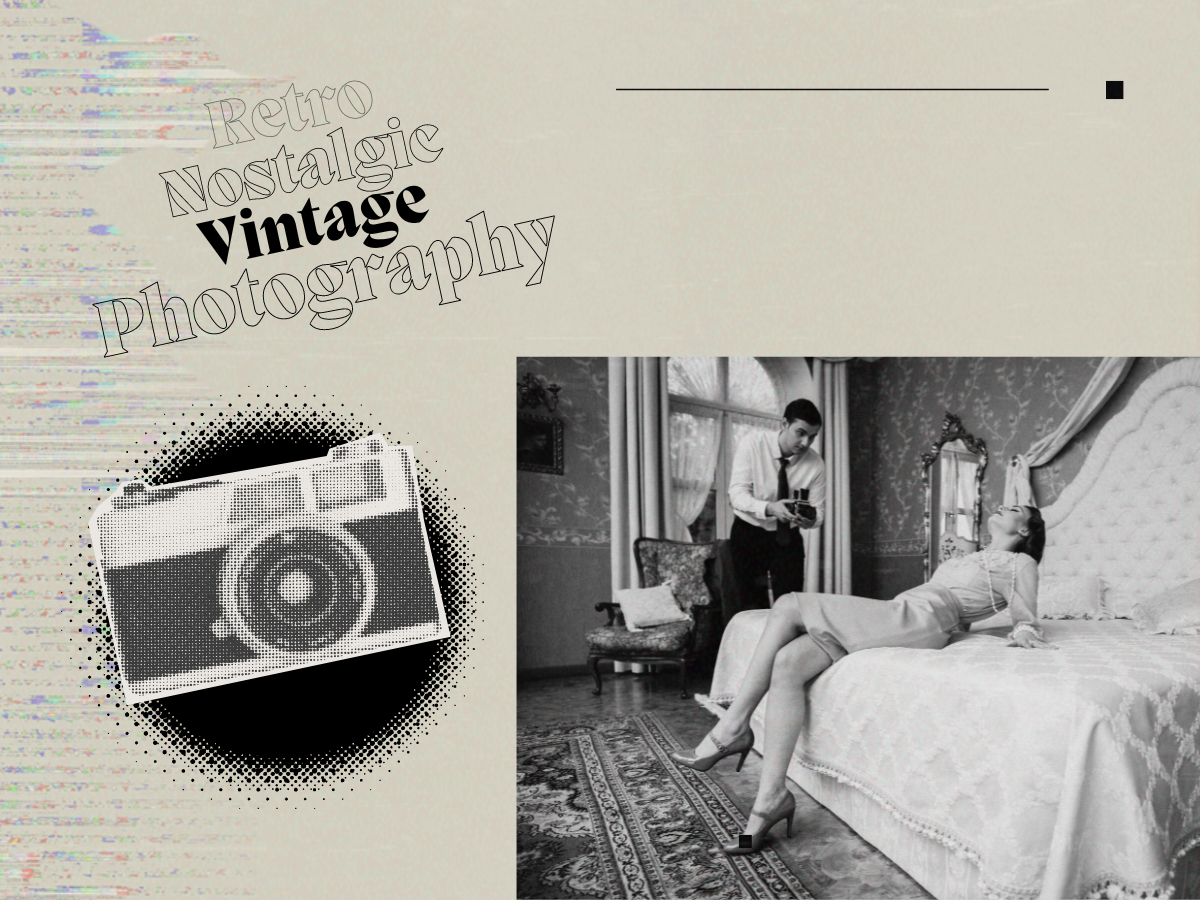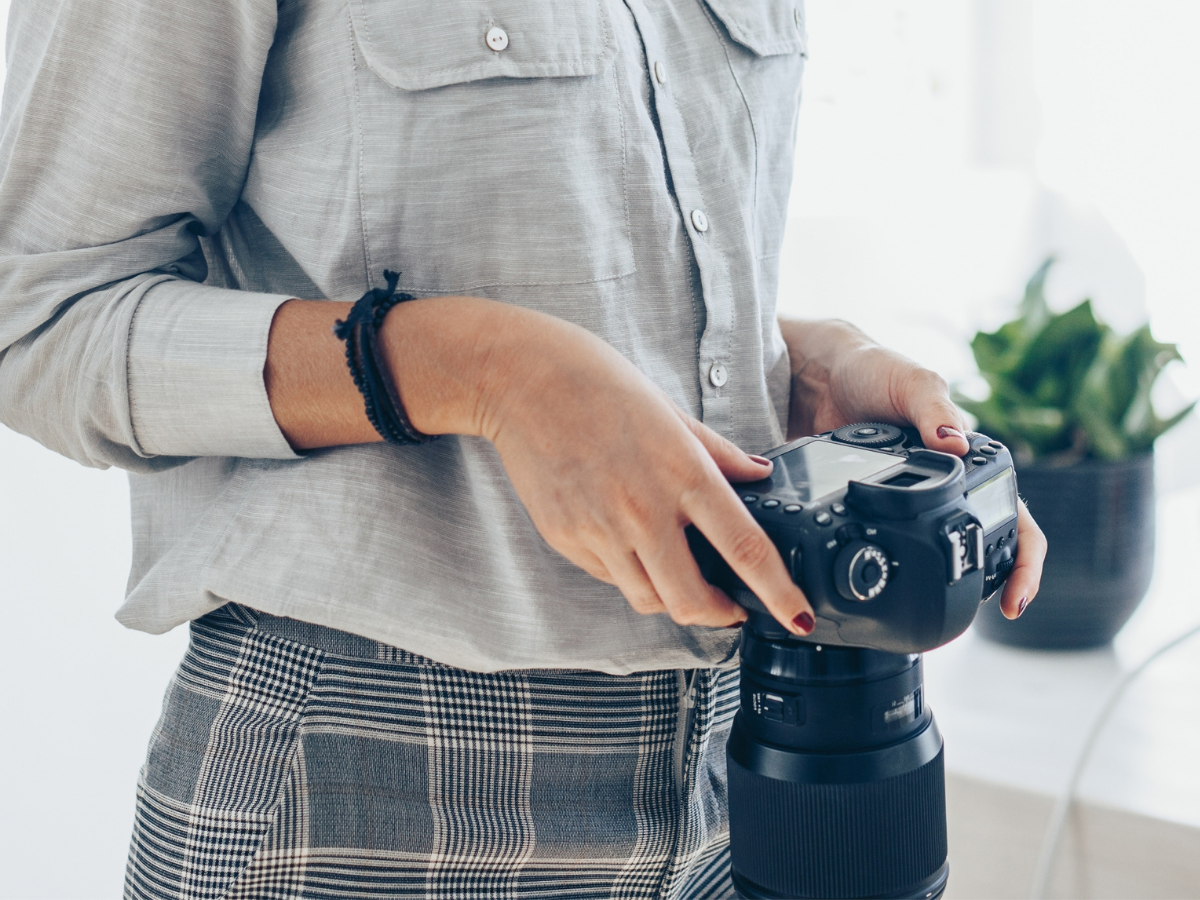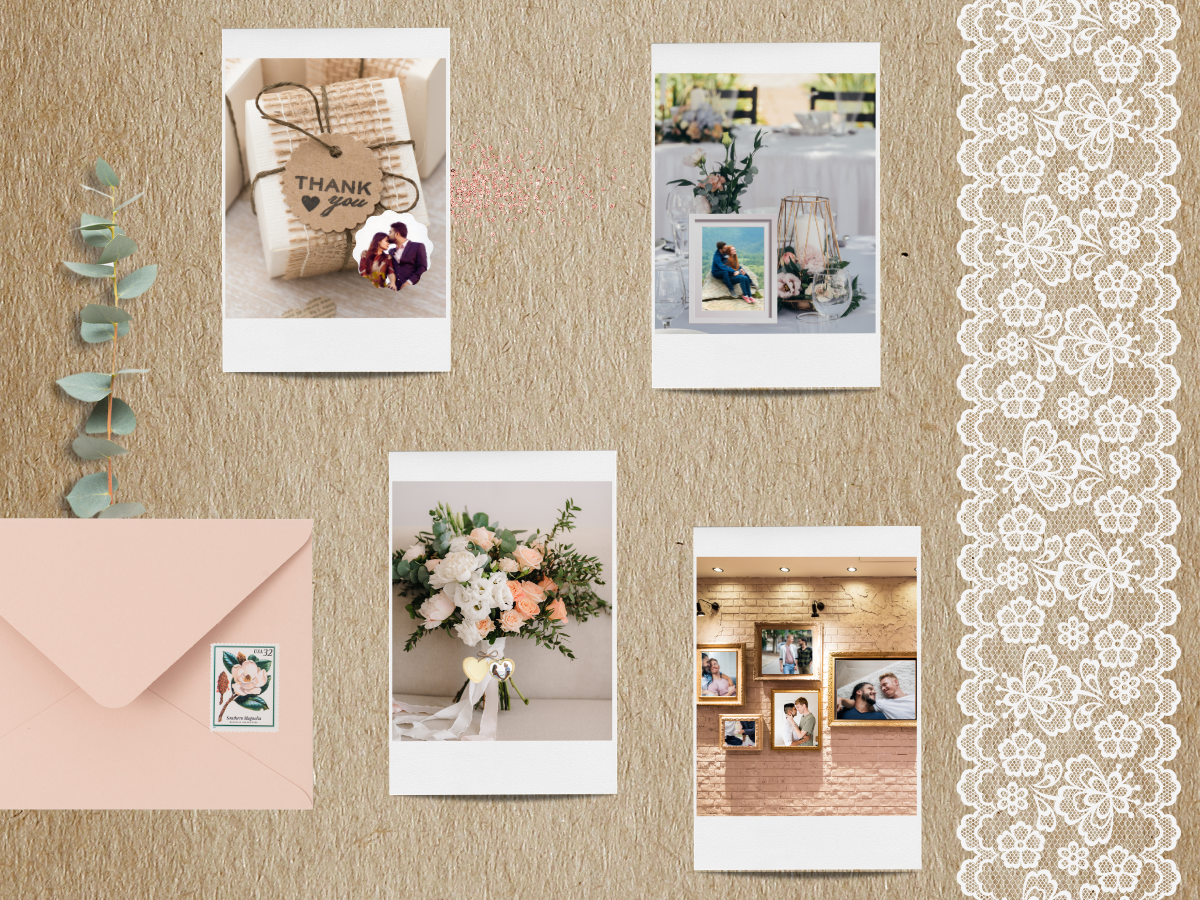All Blog Tags
Understanding Photo Resolution and Proportions
Photo resolution and proportions play a fundamental role in the world of digital imagery, dictating the level of detail, clarity, and overall quality of a photograph or image. In today's visually driven society, where images dominate an endless stream of content flowing through our screens, it’s more crucial than ever that photographers, designers, and other creatives have a succinct understanding of these concepts. By delving into the intricacies of photo resolution and proportions, we can gain a deeper understanding of how to create and manipulate images both in the physical and digital realm.
Understand Pixels:
Pixels (or picture elements) are the basic units of measurement for digital images. Pixels are organized in a two-dimensional grid of squares, each containing sample information of an original image. The more pixels represented in an image translates to a higher quality and more accurate depiction of the original image. Resolution refers to the number of pixels in an image, typically expressed as width x height (e.g. 1920x1080 pixels). The higher the resolution, the higher the pixel count, and therefore the higher the detail in the image.
Know the DPI/PPI:
DPI (dots per inch) or PPI (pixels per inch) refers to the density of pixels in a printed image. It is important to understand that DPI does not refer to the size of the image, simply the number of pixels represented. Higher DPI/PPI results in sharper and more detailed prints. It is important to remember that while you can always scale down an image to increase the quality of the print, you cannot scale up an image without losing quality. 300 DPI is the standard for high-quality photo printing in most sizes including poster prints (24x36), while anything lower should be printed in smaller print sizes (4x6).
To view the DPI of an image in Windows:
- Right click on your image file name
- Select Properties
- Select the Details tab
This is where you will see DPI displayed in the box labeled Horizontal and Vertical Resolution.
To view DPI on a Mac computer:
- Open the image in Preview
- Select Tools
- Select Show Inspector (⌘I) where DPI will be labeled as Image DPI
Determine your Desired Output:
Consider where your photo will be used or printed. Different platforms and mediums have specific resolution requirements, such as web (72 DPI) or print (300 DPI). Knowing the output requirements will guide your resolution choices. Some photo printing services or online submission software will have DPI parameters that the image will need to meet to be accepted. Ensure your images DPI falls within those parameters to ensure the best results.
Balance Resolution and File Size:
It is important to keep your end goal in mind during the editing/printing process to ensure you are optimizing your digital image for your chosen method of presentation. For example, if you're planning on sharing your photos on social media, it probably doesn’t make sense to upload a massive file with high resolution to your phone, because the image just needs to be large enough to be viewable on a device and4 not on a gallery wall. In addition, some apps will automatically compress larger image files when you upload them, resulting in a lower quality image anyways. Higher resolution images provide better quality, but they also result in larger file sizes.
This can begin to become an issue when storing your photos on your computer or external hard drive, as these files can quickly eat up your storage space unnecessarily. Find the right balance between resolution and file size based on your intended use. Remember that low-resolution images load faster online, while high-resolution images are ideal for printing.
Use Appropriate Aspect Ratios:
Aspect ratio is the proportional relationship between the width and height of an image. Common ratios include 4:3 (standard), 16:9 (widescreen), and 1:1 (square). It is important to know your image's aspect ratio to select the corresponding print size. If these ratios don't match, the print will cut off any image information that doesn’t fall within your chosen print size.
If you encounter this issue while printing, you have two options. You can shrink the image to fit the print size, which will shrink the whole image down to fit in the new print size leaving white space on the top and bottom of the print, or fill/enlarge the image so that it fits the new aspect ratio, which would crop or remove information from both the left and the right or the image. You can determine your aspect ratio by dividing the pixel height by the pixel width of your image. Choose the aspect ratio that suits your purpose, such as landscape, portrait, or square compositions.
Common aspect ratios and their corresponding print sizes are as follows:
- 3:2 -> 4x6 inches
- 7:5 -> 5x7 inches
- 5:4 -> 8 x10 inches
Use Lossless File Formats for Editing:
When editing photos, use lossless file formats like TIFF or RAW to preserve image quality. In short, lossless formats refer to file types that are compressed in size without loss of quality. The benefit of using these files is that they give you far more flexibility in post-production because of the amount of data they contain. Typically, you can shoot RAW format directly on your camera, while you need to use an editing software to be able to convert a file to a TIFF.
Consider Display Size:
When printing an image, it’s important to consider how the physical size and the viewing distance will affect the picture's perceived resolution. A high-resolution image may look fine when viewed from a distance but might reveal pixelation up close. Too much heavy-handed post-production can also lead to unappealing quality in the details of your image such as noise in the shadows and unnatural sharpening.
Consider where the image will be displayed and how folks will interact with the final image. If you are gifting someone a print, or framing a photo for a home, it is probably more reasonable to make a more convenient sized print such as an 8x10 instead of printing poster size. However, if you are printing promotional material that you want people to notice, or a central print for a gallery show, it wouldn’t make sense to make these prints 4x6, as that would be far too small for this type of display.
Save Multiple Versions:
Finally, it’s incredibly important to back up your work in a way that retains the highest quality image file. It's good practice to save different versions of your images for various purposes. Maintain a high-resolution version for future editing or printing and create optimized, lower-resolution versions for web or screen display. This way, if you ever need to re-edit the image or send a copy to another printer, you’ll have access to the full raw file.
Mastering Resolution to Create Stunning Images and Photo Prints
Photo quality and proportions are essential factors that should always be considered when working with any kind of images. Remember to balance image resolution with file size and compatibility requirements, while understanding the effect aspect ratio will have on the final image’s visual composition.
Whether you are capturing, editing, or sharing photos, understanding and appropriately managing resolution and proportions can significantly impact the overall quality and presentation of your images. By being mindful of these factors, you can ensure that your photos will be optimized for their intended purpose, whether it’s printing, online sharing, or professional use.
If you have any questions about photo resolution and printing your photos, contact the Photo Printing Experts at Annex Photo in Toronto.
Share
Most Recent Posts



Questions about our services?
Experience the Joy of Creative Photography A one-stop shop with passionate, life-long experts to guide the creativity of film and photography enthusiasts to produce premium film and photo projects.
Fujifilm brings an immersive photo and brand experience to Toronto’s trendy Annex district, in the re-imagined Annex Photo store.
- 362 Bloor St W, Toronto, ON M5S 1X2
- 416.922.0920
- appointments@annexphoto.ca
-
Monday - Friday: 11 am - 7 pm
Saturday: 11 am - 6 pm
Sundays: Closed
Victoria Day - May 20, 2024: Closed
Annex Photo. All Rights Reserved.





